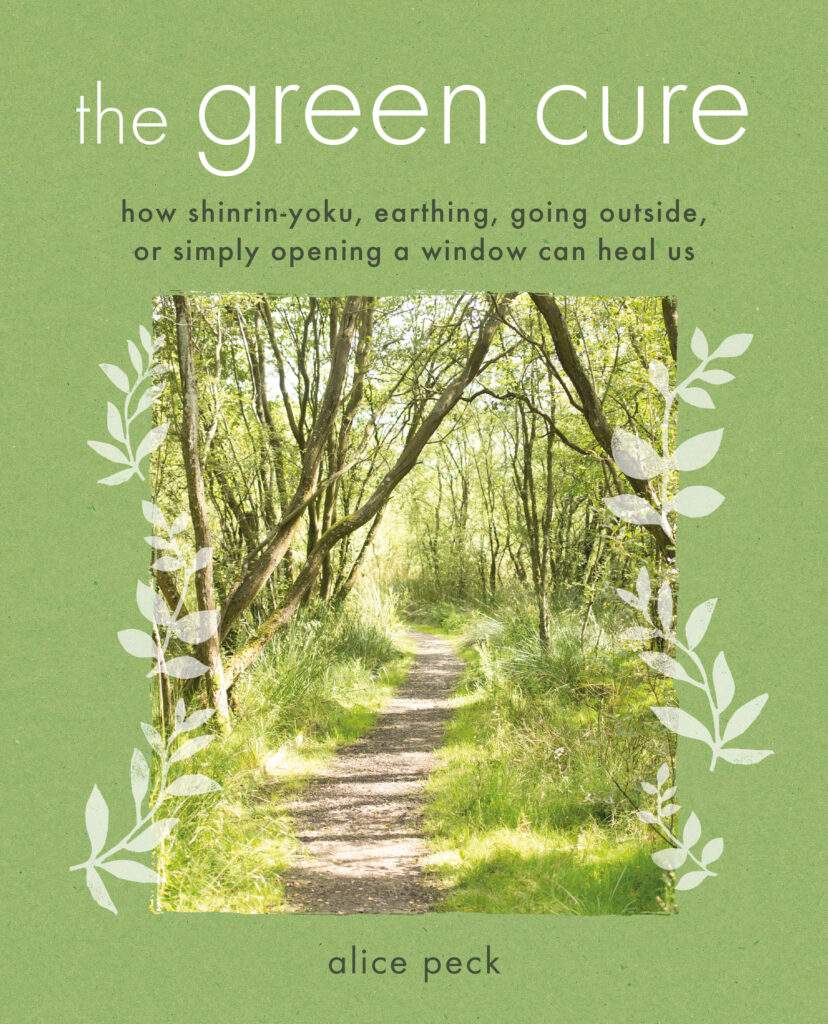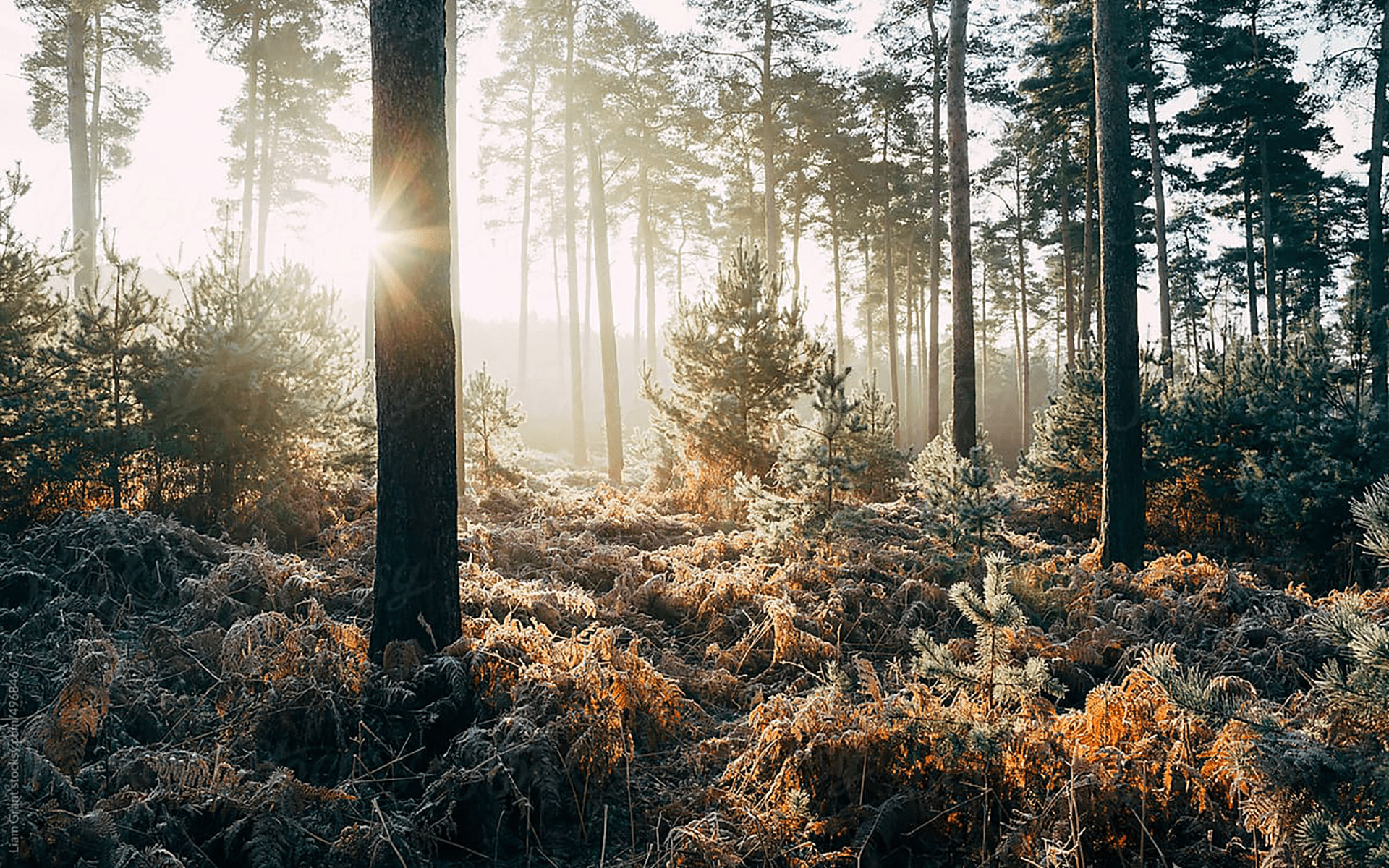We all know intuitively that going outside is good for us, and a growing foundation of science and neuroscience underlies the health benefits of being outdoors. In the 1980s, the secretary of Japan’s Ministry of Agriculture, Forestry, and Fisheries coined the term shinrin-yoku for making contact with and being affected—both physically and mentally—by the atmosphere of the forest. Shinrin-yoku translates in the West as “forest bathing” and is part of what I call the green cure: connecting with the natural world to help us thrive physically, cognitively, emotionally, and even spiritually.
Forest bathing incorporates many of the benefits of meditation while getting us outdoors and in motion. In a study at the College of Landscape Architecture at Sichuan Agricultural University, 30 men and 30 women were given a route of the same length to walk in either a bamboo forest or an urban area. The researchers measured blood pressure as well as electrical activity in the brain using an EEG, and they found that, among those who walked the forest path, blood pressure was lowered significantly as attention and concentration improved. The people walking in nature reported less anxiety and a generally happier mood than the urban group.
The New York State Department of Environmental Conservation and myriad other sources maintain that the simple act of intentional, attentive time with trees:
- Decreases fatigue
- Increases the ability to focus, even in children with ADHD
- Speeds up recovery from surgery or illness
- Regulates the endocrine (hormonal) system
- Enhances the ability to relax and get a better night’s sleep
- Increases energy
Forest bathing is an active process, not just a matter of being near trees as static objects. Many species, including pine, yew, hop hornbeam, and sugi, emit biochemicals called phytoncides, pungent essential oils with antimicrobial properties that interact with our central nervous system and have calming, anesthetic qualities. They have been proven to boost the trees’ health as well as our own immune systems.
The science is still fairly new and limited on this subject, but studies have shown how the electrically conductive contact between human bodies and Earth’s surface seems to have an effect on health.
Earthing involves walking barefoot and connecting directly to the soil without the barrier of pavement or shoes. It is a matter of contact with our soil, our planet—of truly touching Earth.
The science is still fairly new and limited on this subject, but studies have shown how the electrically conductive contact between human bodies and Earth’s surface seems to have an effect on health: It may diminish inflammation, enhance immunity and wound healing, and may also lessen pain by altering the numbers of circulating white blood cells (neutrophils and lymphocytes) affecting inflammation.
Practice Forest Bathing
You need only the most basic equipment: walking shoes and natural insect repellent. Leave your camera, your journal, and your guidebooks behind, and turn off your mobile devices. Forest bathing is about being, not analyzing.
- Find some trees. This can be a forest of ancient pine or a copse of paper birch, or a single maple in your backyard. Of course, spending more time with more trees is better, because the effect is multiplied. Studies have shown that spending three days and two nights in a thickly wooded area will improve the function of the immune system for up to seven days—but do the best you can. A little forest bathing is better than none.
- Find somewhere to sit or lean, where you can be still for 10-20 minutes or more without being in the way of bicycle traffic, ants, or poison ivy.
- Now do just that—be still. Be aware of your breath, but don’t force it. Let the experience come to you, don’t analyze. See what you see, hear what you hear, smell what you smell, feel what you feel. Light through the leaves…skittering or birdsong…blossom or decay…calm or grounded…
- As you walk home, check in with yourself. Do you notice any changes in your body? How about your state of mind? What can you take from your forest bathing experience back to your daily life? Do you feel more optimistic? More serene? How is that headache?
- Repeat as often as possible.

Adapted with permission from The Green Cure: How shinrin-yuku, earthing, going outside or simply opening a window can heal us, by Alice Peck, CICO Books, 2019






